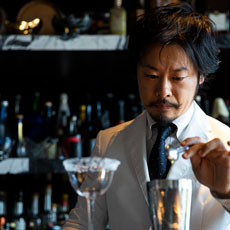Bringing Rich Flavors to Life in Shochu Cocktails
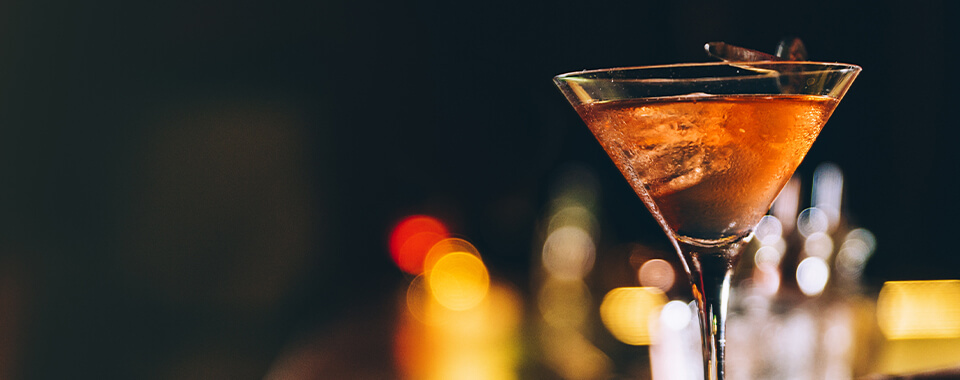
Prologue
Shuzo Nagumo has reached a conclusion: “As a liquor, shochu is about flavor.” After visiting dozens of breweries to develop deep knowledge and experience, searching far and wide in his sensory study of shochus to attain a deep understanding of their strengths and characteristics, he sees the purpose of elevating the shochu to a cocktail. Let’s explore Mr. Nagumo's approach that led him to that conclusion.
Approach to cocktails
Classify by Strength
The cocktail world has experienced multiple trends since the year 2000. First there was the boom in vodka-based drinks, then in 2006-2010 a shift to tequila-based drinks. Since 2012, we have been in the midst of an “old-fashioned” bourbon and craft gin boom. How can the shochu be put to use in the cocktail-making arena where an alcohol content of 37% or more is the norm? The first key to the approach is alcohol strength. What are the different types of cocktails as defined by alcohol content?
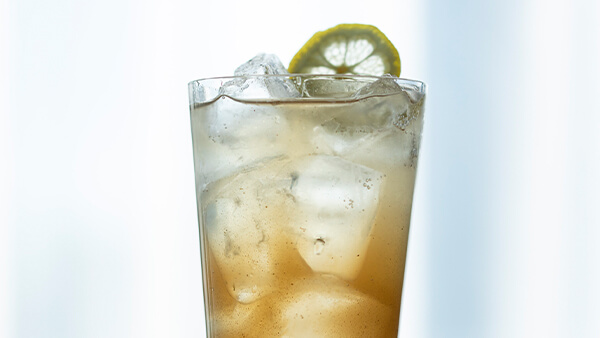
Standard
25~30%
This refers to low-proof cocktails mixed from something like fruit juice, tea, or tonic water that were created to go along with meals. Picking up on the distinctive flavor of shochu, these drinks can be paired with cuisine for which wine is a poor pick.
Low-proof cocktails Cocktails for pairing Mixed with cool water, hot water, or soda water
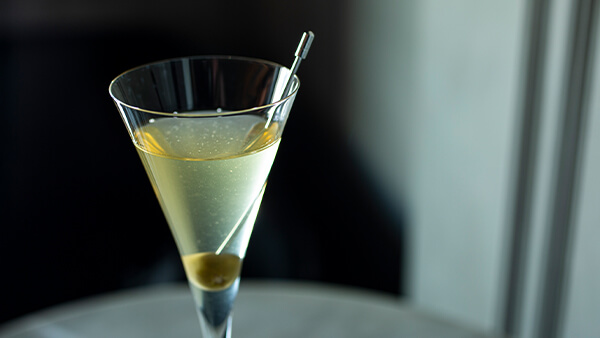
Undiluted
35~45%
This category falls into the same realm as the distilled liquors of the world. These can be turned into classic martinis or otherwise replace “white spirits” such as gin and vodka.
All cocktails, Fruit cocktails, Mixed with soda water
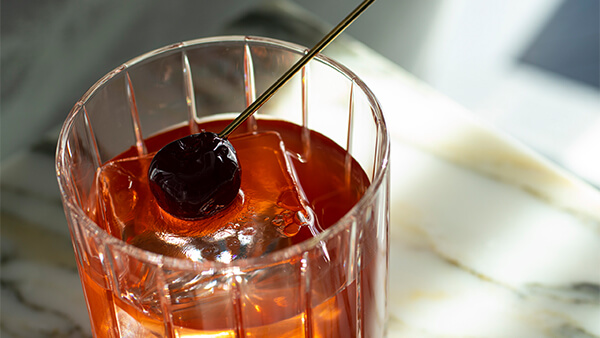
Aged
Around 40%
Shochus aged in a barrel, pot, or tank. Flavor varies drastically based on the method and length of aging. Barrel-aged shochus can replace whiskey in whiskey cocktails.
All “brown” spirits, Fruit cocktails, Mixed with soda water
Approach to cocktails
Searching for “Main” and “Sub” Flavors
Through Differences in Ingredients
One key aspect of Mr. Nagumo's approach to making shochu cocktails is to deeply explore aromas, using his senses to “picture the aroma’s color” and “pick up on the main flavors” as well as “the sub flavors buried under the main flavors.” The key is to decide whether to bring out the main flavors or sub flavors, and what to mix in to bring out the desired effect. This is what makes a shochu cocktail. What are the representative main and sub flavors for each type of ingredient?
Sweet potato shochu
Drawing on the lychee-like fruity aroma, and the warmth and softness of sweet potato, with a sweet-and-sour lactic nuance
Main flavors
Sweet potato, Floral, Creamy, Fruity
Sub flavors
Chocolate, Cacao nibs, Vanilla, Egg yolk, Blue cheese, Muscat grapes, Lavender, Elderflower, Coriander, Ginger
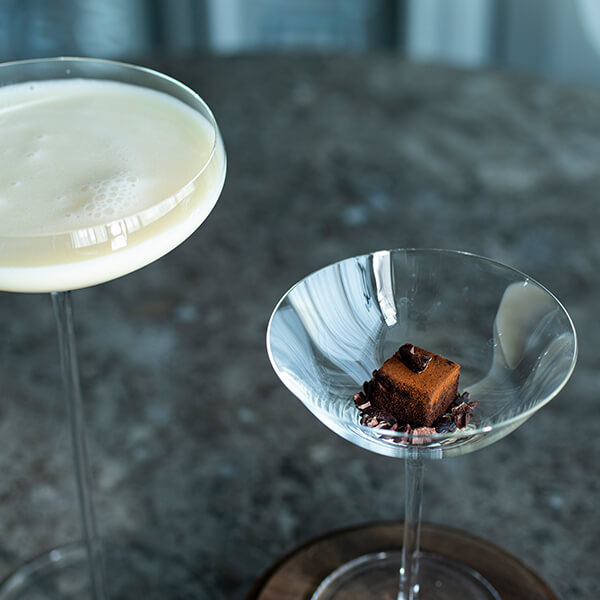
Barley shochu
Savory aroma from standard-pressure distillation = Nuance of toast right out of the toaster Distillation under diminished pressure produces a plainer spirit
Main flavors
Savory aroma of barley, Vanillin (aged)
Sub flavors
Honey, Coffee (caffè mocha), Mascarpone cheese, Marmalade, Chocolate spread, Berry jam, Lemon curd, Egg, Campari and other bitter liqueurs, Pineapple
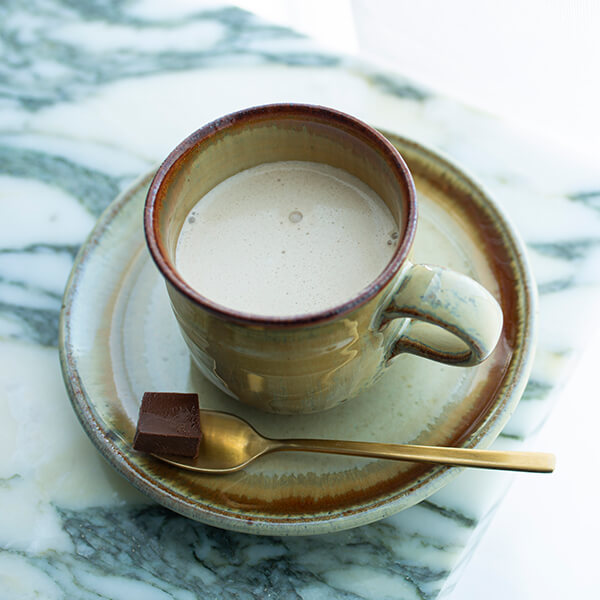
Rice shochu
Aromas that recall florid ginjo sake, white flowers, herbs, and pale green fruit
Main flavors
Ginjo sake, Floral, Lactic
Sub flavors
Jasmine, Elderflower, Rose, Lime leaves, Hops, Yogurt, Vanilla, Peach, Melon, Japanese pepper
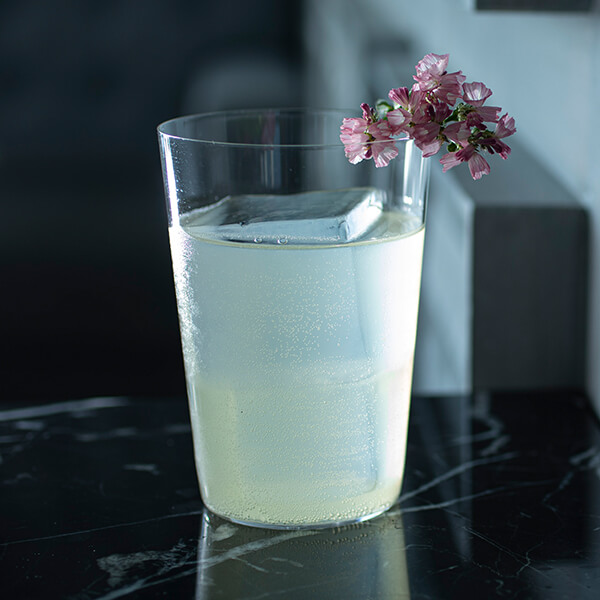
Brown sugar shochu
Distillation under diminished pressure produces an “unripe” aroma, while standard pressure recalls sugarcane and rum. Barrel-aged shochus recall “brown” foods and ingredients.
Main flavors
Vanillin, Lactic, Young grass, Sugarcane
Sub flavors
Mango, Banana, Guava, Passion fruit, Pineapple, Roasted soybean flour, Caramel, Coffee, Tonka beans, Mint
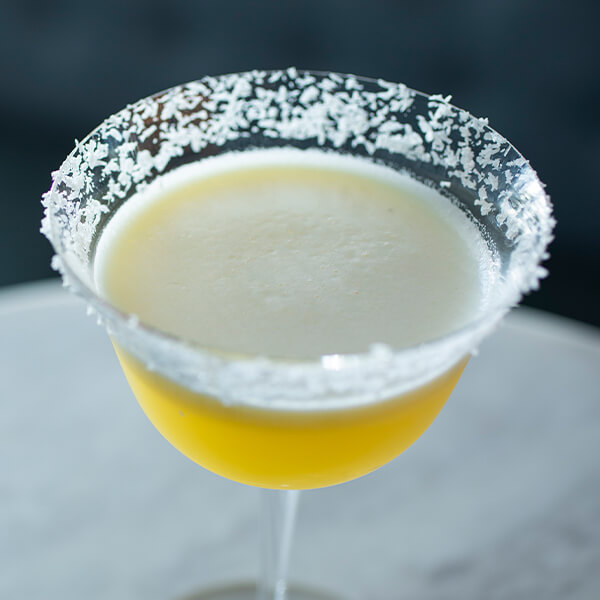
Awamori
Develops a vanilla flavor through extended aging. The new awamori, “Sho,” has a flavor like condensed milk.
Main flavors
Earthenware pot aroma, Vanillin, Condensed milk, Mushroom aroma, Roasted aroma
Sub flavors
Chocolate, Black walnut, Almond, Espresso (coffee), Vanilla, Butterscotch, Pineapple, Mango, Dashi (soup stock), Wasabi
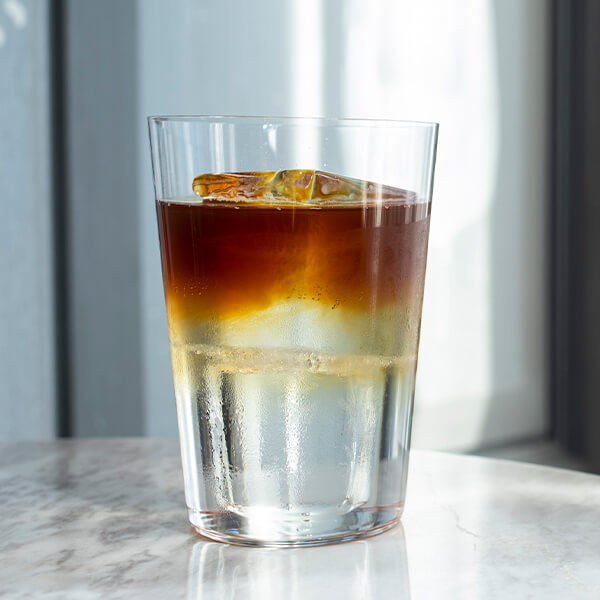
Nagumo Shuzo
mixologist, proprietor, and bartender
Born in 1980. After starting in the bar industry in 2000, he moved to the UK in 2006. Following his return to Japan, he worked as the head bartender at XEX Tokyo in Marunouchi, before striking out on his own in 2009. He currently runs five bars across the country. Mixology Spirits Bang(k) in Ginza, with its theme of Japanese spirits, offers shochu cocktails. It also holds pop-up events and cocktail seminars to showcase the appeal of shochu to bartenders from around the world.




